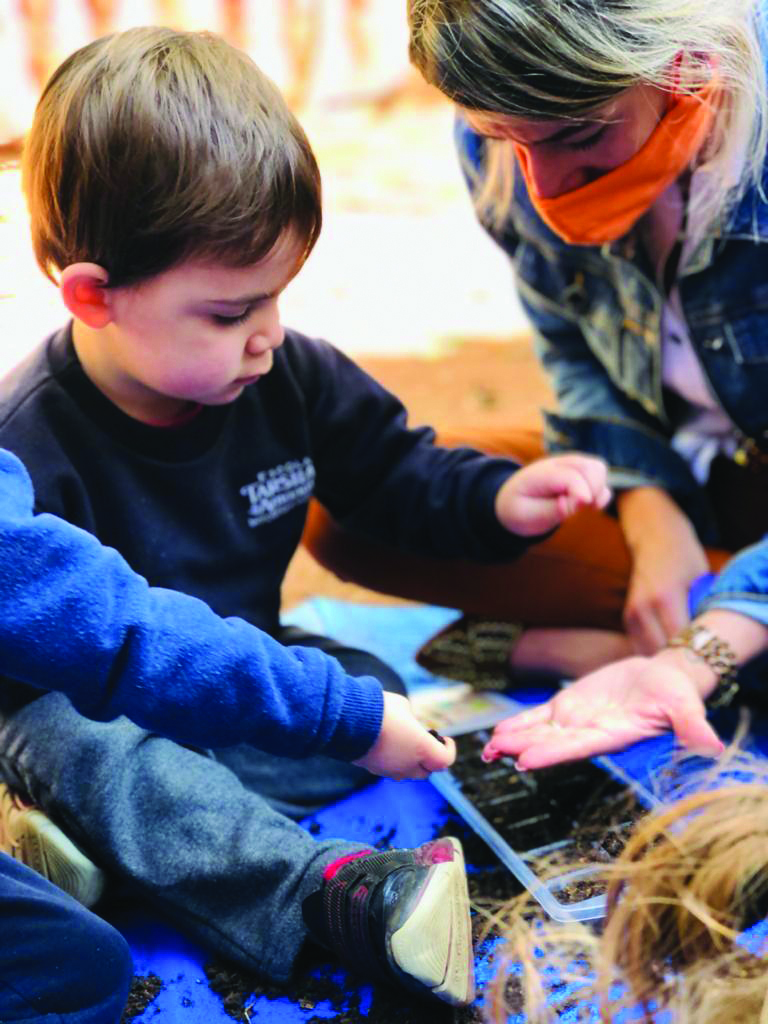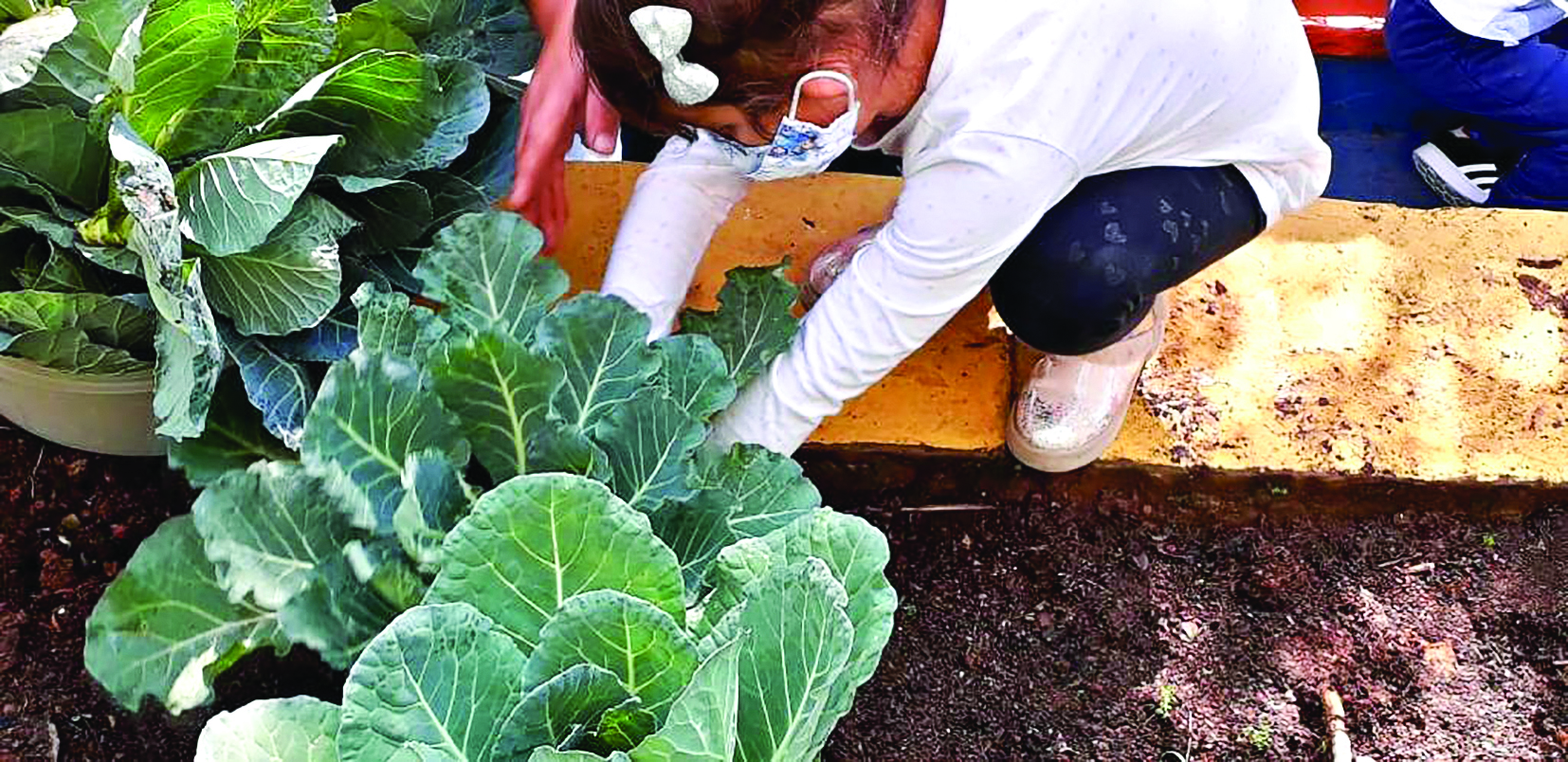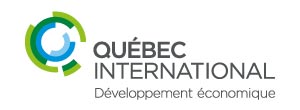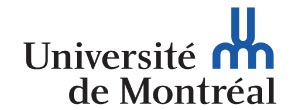sustainable education
Schools develop initiatives to form a generation of citizens of the planet focused on reducing the environmental impact of their actions
by Andréa Ciaffone
Children are the future. More than ever, this popular adage makes perfect sense. With the climate emergency and the energy crisis, both foreseen a few years ago, the present moment requires a global effort not only to review environmental policies and the use of natural resources, but also and above all to find solutions based on frameworks devised in different parts of the planet. In establishing these connections, education plays a prominent role, as illustrated through projects developed by schools in São Paulo.
Maple Bear, a bilingual school network using Canadian methodology and present in 30 countries, has created the Global Connections for Sustainability Program, which promotes a debate and collaboration among its units around the world. Students exchange experiences in order to work out solutions to problems related to the 17 Sustainable Development Goals (SDGs) set forth by the United Nations (UN). This way, these projects promote cultural exchange, keeping students at the center of their learning process, as embodied by the essence of Canadian education.
“The children are developing a project on water with students from India. This is a crucial insight of the program. Not only are we talking about current topics which students watch on TV and online – already arousing a lot of interest – but we also have students eager to learn to whom they are relating. This makes them ever more dedicated”, says Natália Fontana Fernandes, manager at Maple Bear Mooca. “Before getting into the subject of water, the children had a live meeting just to talk to each other. Both the children in India and our students already had a list of questions they wanted to ask each other, about tastes, habits and curiosities.”

Brazil, Mexico, Vietnam and India are already carrying out program activities. By the beginning of 2022, other countries should start developing projects as well. Maple Bear has 559 schools worldwide, with around 39,000 students in total. Elementary and high school students aged between 6 and 14 and subdivided by age group can participate in the Global Connections for Sustainability Program.
A common topic is chosen, and the group from one country works with the group from another in order to delve deeper into the proposed issue and to respond to the difficulties encountered. “In the job market, when they are discussing solutions to world problems, they will be better prepared. Because at the age of 8 they are already doing this, looking for a solution that meets the reality of Brazil and of India”, asserts the Brazilian unit manager.
She states that the experience has been rich in every way and that lesson plans and guidelines have been adapted according to the practice with students. “This school class is now regarded as a pilot project group. It is opening up ideas for what we are going to do with others, not in Brazil only. Everything is being reported to Maple Bear globally so that we can make adjustments”, explains Natália. A global platform will hold the completed projects, and all units will be able to check them out.
The experience at Mooca began in June, and was expected to be concluded by mid-November. “We started with the 4th grade class. Now that they have seen what we’ve been doing, the younger students want to know when their turn will come. The classroom wall is made of glass and they can walk by and see the students talking to students in India”, says the school manager.
Using the playfulness and curiosity inherent to young children, it is possible to approach complex topics in a natural way. At Tarsila do Amaral School, children routinely feed the worm farm, compost and take care of vegetables and fruit trees. “Caring for the climate is not an educational choice, it is something we need so that future generations may live more and more in harmony with the environment. Sustainability awareness arises from the interaction among children, and proximity to all forms of life promotes caring, protection and preservation”, declares the school’s pedagogical coordinator, Patricia Bignardi.
Thus, children are already growing up with the idea that these are topics that must be given constant attention. The ongoing projects at Centro Educacional Pioneiro engage 6th grade students since they were in 4th grade. Marcia Sakay, Science teacher, explains that children have been reducing the waste that would be discarded; for example, “from frying oil they are making soap and cloth scraps become cell phone charger holders”.
“Today’s youth cannot be held responsible for the Earth’s current situation, which has undergone thousands of changes. We have to
teach our students to coexist in this planet and,
for this, they have to know it better”
Technology is a means to mobilize students at Carandá Educação. Middle School and High School students created the Sustainability Collective, with the profile @cvvsustentavel on Instagram, to address issues related to climate change and the need to change habits. “Working for a healthy relationship between man and the planet is in the DNA of our school. Carandá has just moved to a new facility, fully designed for the good use of natural resources”, says their administrative director, Milena Palma.
Throughout 2021, the climate and energy crisis was the topic for discussion proposed by Pedro Ferreira, 8th grade Geography teacher at Escola Nossa Senhora das Graças (also known as Gracinha). “Students analyze the impact of human beings on Earth and develop a proposal for a newspaper of the future, projecting the planet´s situation 50 years from now”, he says. His starting point is asking the questions ‘Why Conserve?’ and ‘Preserving for whom?’
For High School students, Renan Nilnitsky, teacher of Natural Sciences at the same school, adopts a very practical approach. “Students are analyzing the energy consumption in their homes during the last year and categorizing their appliances according to energy consumption. The idea is to establish a diagnosis and to take actions that promote a reduction of at least 20% in that energy consumption“, he explains.

During Amazon Week – October 13 to 16 – the school brought together experts from academia and representatives of indigenous peoples to discuss the impact of the climate crisis on the planet’s largest forest and on its inhabitants, as well as possible solutions and technologies to solve current problems.
“Today´s youth cannot be held responsible for the Earth’s current situation, which has undergone millions of changes. We have to teach our students to coexist in this planet and, for this, they have to know it better”, maintains Antonio Carlos Carvalho, Geography teacher at Colégio Equipe.
He recalls that Equipe has been discussing environmental issues in the classroom for more than thirty years and that many former students are engaged in environmental movements, for instance, João Gabriel Prioli, who currently teaches History at the school. “We discuss pollution. Why does it exist? Do we like it? If we don’t like it, why do we cause it? Because of our way of life, for convenience, due to our consumption habits. Our students are aware that less is more, that cars pose serious problems, that they must consume differently and live well with other species. There is no point in recycling our waste if we don’t change our habits,” states Carvalho.






